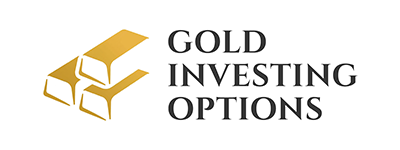Having an IRA allows you to have the most control and choice over your money. IRAs usually offer a much wider range of investment options than 401ks (unless you work for a company with a high-quality plan). Your IRA also allows more diversity in your investments, typically allowing mostly any type of asset: stocks, bonds, CDs, mutual funds, ETFs, REITs, and annuities. It’s best to always check the IRS website to see which investments they allow.
Within these investments and depending on which custodian and investment you select, your IRA fees tend to be cheaper. A 401k retirement plan often around 3% annually. In addition to a variety of assets, you can also choose to invest in physical property, oil and gas leases, and commodities — if you open a Self Directed IRA.
Rolling over your funds (cash or other assets) is a tax-free way to transfer from one retirement plan to another.
How to rollover your 401k in 3 easy steps:
- Open an IRA with your Custodian (Charles Schwab, TD Ameritrade, Vanguard, etc.)
- Contact your 401k provider to tell them you would like to rollover your funds. Be sure to have your SS and previous employer’s/previous 401k plan (do not send this email via email). You may be able to complete the process over the phone, online, or a paper form — depending on your provider. Once your paperwork is processed, you’re able to rollover.
- Build your portfolio. Meet with representatives to determine the best investment account for you.
How to determine which IRA to choose:
Each IRA has its own benefits depending on what stage of life you are in, but the time to open an IRA is always now.
Traditional IRA: Contributions typically are tax-deductible. You pay no taxes on IRA earnings until retirement, when withdrawals are taxed as income.
Roth IRA: Contributions are made with after-tax funds and are not tax-deductible, but earnings and withdrawals are tax-free
SEP IRA: Allows an employer, typically a small business or self-employed individual, to make retirement plan contributions into a traditional IRA established in the employee’s name.
SIMPLE IRA: Is available to small businesses that do not have any other retirement savings plan. The SIMPLE – which stands for Savings Incentive Match Plan for Employees – IRA allows employer and employee contributions, similar to a 401(k) plan, but with simpler, less costly administration, and lower contribution limits.
The most important question to answer here is this: when do you plan to use these funds? Is it to retire with? Or is it to buy a home with? Answering this very crucial question will only help you invest for success.
For example, if you are currently in a high tax bracket, and anticipate you’ll need your earnings within 5 years, a Roth IRA is not for you. Roth IRAs are intended to collect money over time and will be taxed heavily if you decide to withdraw your assets. You’ll most likely lose the anticipated gains and all the tax-free growth will be for nothing. Think of Roth IRAs as your long term investment, probably why you’re only allowed to contribute up to $6,000 a year. Pssst don’t miss the Roth IRA Contribution Deadline — April 15 of every year!
